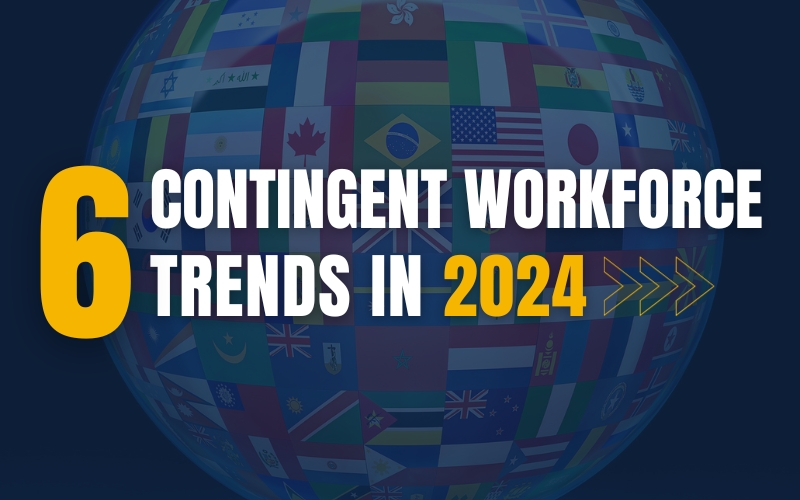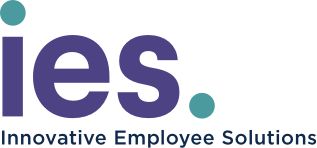Technology

Not long ago, finding the right talent was about proximity. The common practice was to source from a pool within a certain mile radius of the office. It was seen as necessary for teams to do their work at a desk no more than a stone’s throw from their managers. The recent push for remote…
Read the full story
The impact of AI on business and its potential for displacing jobs has been perpetrating a new cycle of fear, similar to the one experienced in the ’80s when advances in robotics left workers believing that their days were numbered. While some “technological unemployment” did occur and will likely occur again with AI, it would…
Read the full story
The world of work is changing more rapidly than ever. This is as much because of new technology as it is the rapid evolution of employee expectations. For companies to stay ahead of this upward curve, it’s critical to understand the prevailing workforce trends of 2024. Here are some key trends I see gaining traction…
Read the full story
Expanding globally, a process often fraught with navigating unfamiliar markets and ensuring adherence to diverse local regulations, is a complex and challenging endeavor for many companies. Many businesses also struggle to maintain profitability during this period of transition and growth. One effective strategy to overcome these challenges is to partner with an employer of record. An…
Read the full story
In 2024, discerning the nuances between contract workers and your permanent, direct workforce will transcend mere compliance — it will be a pivotal element in strategic budgeting and planning. For leaders navigating the evolving employment landscape, it’s essential to stay abreast of the transformational trends that are reshaping the way we approach workforce management. This…
Read the full story
In our constantly shifting digital world, trends no longer move as slowly as they did the past few decades. They zip by, often too quickly for businesses to predict or prepare for them. But if employers can get a handle on some of these workplace trends, especially as they relate to the future of the contingent…
Read the full story
Today, companies are increasingly turning to direct sourcing as an approach to recruiting talent. However, to implement direct sourcing strategies successfully, organizations need to understand how to build strong relationships, use new technologies, and overcome some of the most common challenges associated with talent acquisition optimization via direct sourcing. Several best practices can help organizations use direct sourcing strategies to access far greater…
Read the full story
A growing number of companies — 80%, in fact — are turning to contingent workers for even the hardest-to-fill roles, and the trend won’t likely go away any time soon, with 65% of businesses planning to increase their use of contingent workers in the next few years. Much of this trend is a direct result of labor…
Read the full story
Over the last few years, businesses have adopted more strategic sourcing funnels to seek talent. Contingent workers, or contract workers, are one component that’s become increasingly critical for engaging labor with the skills and expertise needed to meet operating requirements. Many companies actively source these workers overseas to further expand their talent pools. Due to its…
Read the full story
In today’s competitive talent market — where the rate of quits increased by 2.6 percent from April to May 2023 and employers are feeling pessimistic about talent availability in the next five years — companies that rely too heavily on traditional talent acquisition might find themselves missing out on top talent. This is because traditional…
Read the full story


